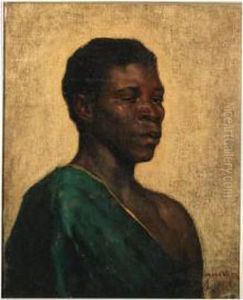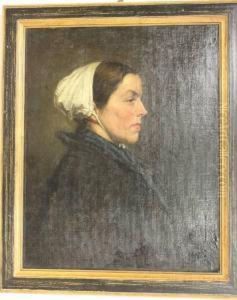Elizabeth Arnolda Van Der Veer Paintings
Elizabeth Arnolda van der Veer, a Dutch Golden Age painter, was born in 1659 in The Hague, Netherlands, and died in 1704. She was primarily known for her works in the still-life genre, particularly her detailed and vibrant depictions of flowers and fruits, which were highly regarded for their meticulous attention to detail and rich color palette.
Elizabeth lived during a period when the Dutch Republic was at the peak of its economic and artistic influence, often referred to as the Dutch Golden Age. This era was characterized by significant advancements in trade, science, military, and art. The art scene was particularly vibrant, with a high demand for paintings from a growing middle class, which included merchants and traders who had amassed wealth through the Dutch East India Company and other ventures.
Despite the prominence of male artists during this time, Elizabeth Arnolda van der Veer managed to carve out a name for herself in the competitive art world of the 17th century. Women artists were not uncommon, but they often faced significant challenges in gaining the same recognition and opportunities as their male counterparts. Van der Veer's success can be attributed to her exceptional skill, the quality of her work, and her ability to cater to the tastes of her clientele, who sought after the exquisite detail and vibrant life captured in her still lifes.
Not much is documented about her personal life or training, which is common for many women artists of the time. It is believed that she may have been influenced by or studied under prominent painters of the era, as her works exhibit a mastery of technique and style that would have required formal education or apprenticeship. Her works were collected by the wealthy and influential, contributing to her success as an artist.
Elizabeth Arnolda van der Veer's contributions to the Dutch Golden Age of painting remain significant, as her works continue to be appreciated for their beauty and craftsmanship. Her legacy is a testament to the enduring appeal of still-life painting and the ability of art to capture the simple elegance of nature. Despite the challenges she would have faced as a woman in a male-dominated field, van der Veer's artistry has ensured her a lasting place in the history of art.

